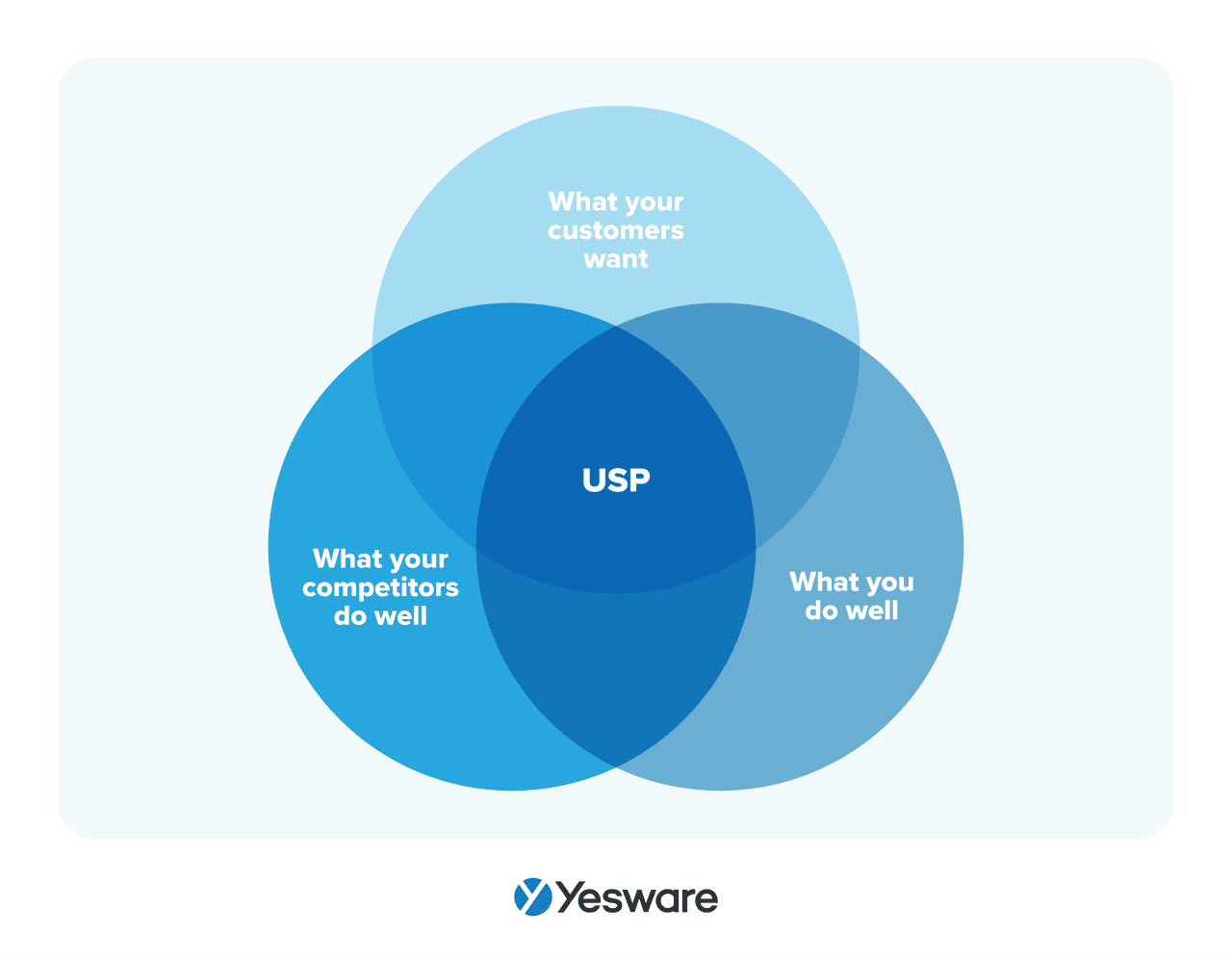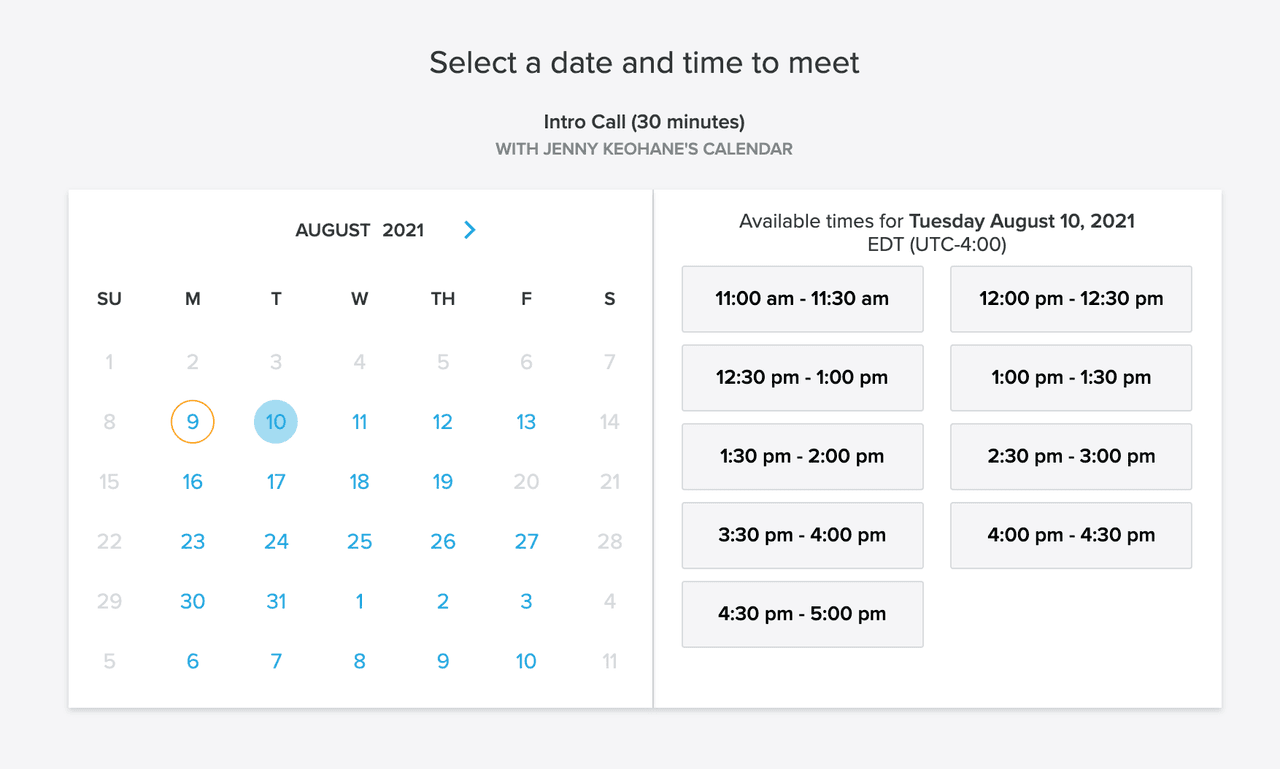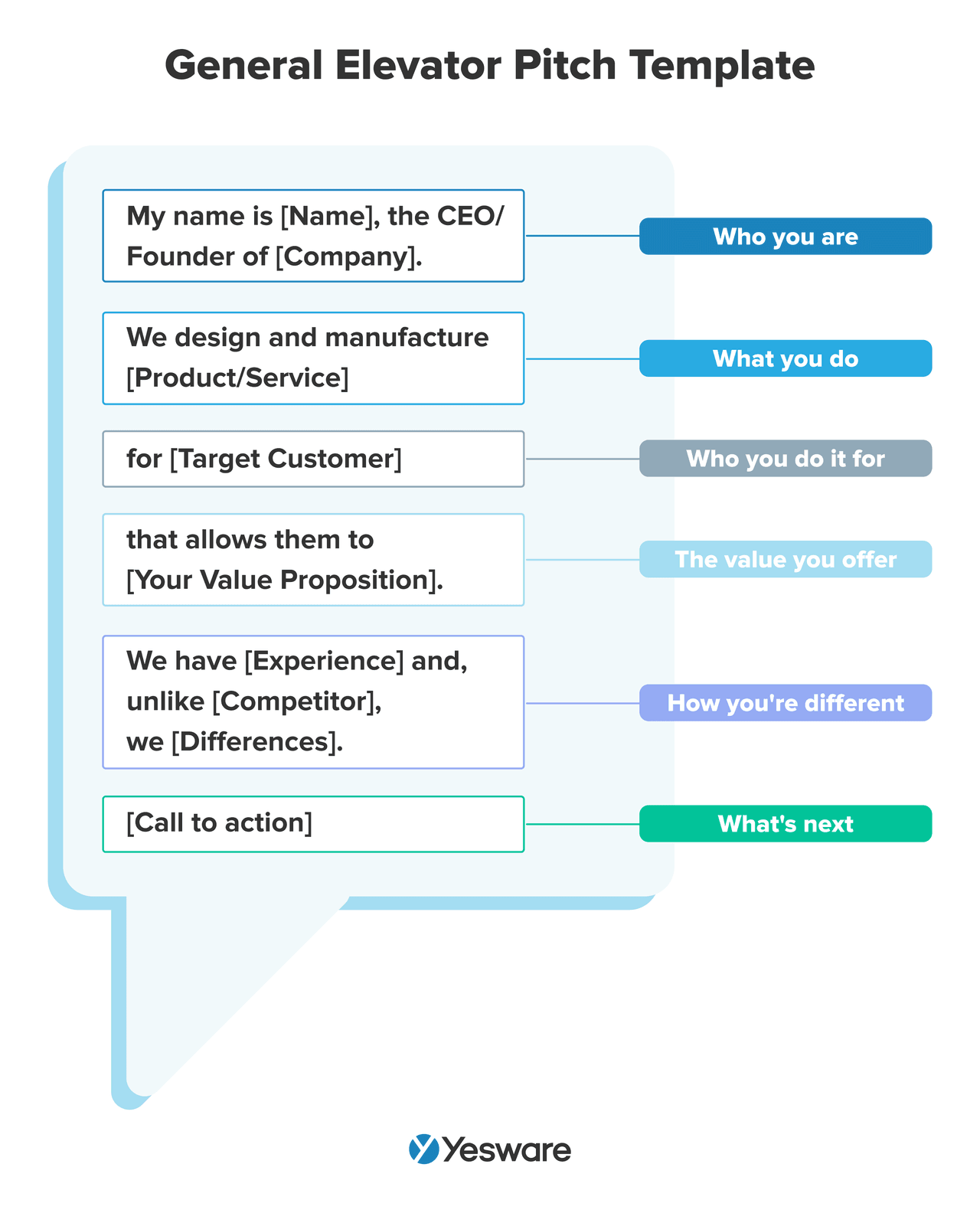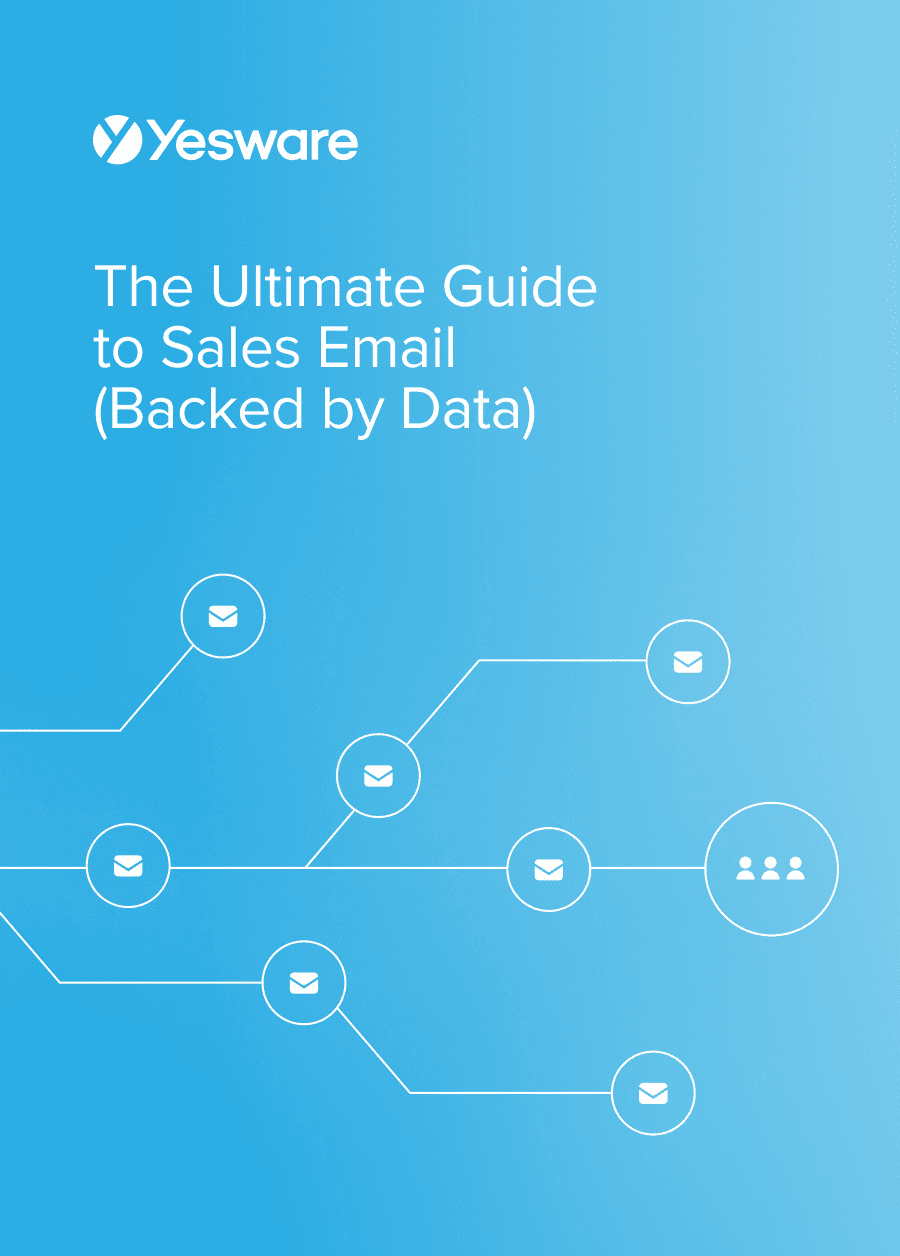Understanding Buyer Behavior: Actionable Tips to Win More Deals
Sales experts who know how to leverage the knowledge of buyer behavior in sales consultations are most prepared to secure the best B2B deals.
This article will provide you with an overview of the different types of buyer behavior and offer tips on how to adopt the sales strategy to cater to each of the buyer behavior models.
Here’s what we’ll cover:
- What Is Buyer Behavior?
- Types of Buyer Behavior
- The Buyer Behavior Model
- Factors Influencing Buyer Behavior
- Behavioral Data Integration
- Psychological and Emotional Triggers
- Cultural and Social Influences on Buyer Behavior
What Is Buyer Behavior?
Buyer behavior refers to the actions, decision-making processes, and emotional responses of consumers as they search for, purchase, use, and evaluate products or services. It encompasses everything from the initial awareness of a need for a product or service to the post-purchase experience.
When sales experts learn their ideal customers’ buyer behavior, what they do in a nutshell is analyze how and why individuals make purchasing decisions, including their buying motives as well as the internal and external factors that influence their choices.

Pro Tip: Sales experts need to differentiate between an ideal customer profile vs. buyer persona to effectively target and engage the right audience for their products or services.
Sales professionals who use their knowledge of buyer behavior successfully are able to communicate more effectively, use better-suited sales tactics and sales strategies, personalize the buying experience, handle objections with confidence, and retain customers over the long term.

Types of Buyer Behavior
According to marketing and sales experts, there are four key types of buyer behavior: complex buying behavior, dissonance-reducing buying behavior, habitual buying behavior, and variety-seeking buying behavior.
Let’s dive into each type.
1. Complex Buying Behavior
When buyers spend considerable time researching and evaluating their options, they exhibit complex buying behavior. It is most common when buyers choose products or services that have high costs or risks associated with them.
For example, consider a company that plans to invest in a new enterprise resource planning (ERP) system. The decision to purchase an ERP system is complex because it involves multiple stakeholders and requires a significant financial investment and a long-term commitment.
Pro Tip: Understanding the difference between shareholder vs. stakeholder is important in B2B sales, as shareholders are primarily focused on financial returns, while stakeholders encompass a broader group interested in the company’s overall impact, including employees, customers, and the community.
The perceived risk of choosing the wrong ERP system is high, as it could impact the company’s operations and financial performance for years to come. As a sales professional, you would need to provide case studies and expert support to guide the buyer through this complex decision-making process.
2. Dissonance-Reducing Buying Behavior
Sales experts may find themselves in a state of cognitive dissonance when they are, for example, presented with a choice between two equally good CRM software solutions to use for their sales pipeline management.
Both CRM software solutions offer similar features, pricing, and customer support. In this scenario, the sales manager is highly involved in the decision because CRM software is a critical tool for the company’s sales process, but the perceived differences between the two options are minimal. The fear of post-purchase regret is the primary concern for the buyer.

Habitual Buying Behavior
This is when buyers have low involvement in the purchase decision because they make purchases out of habit rather than brand loyalty. These decisions typically involve products or services that are low-cost, frequently purchased, and involve minimal perceived risk.
For example, a company may regularly order office supplies, such as paper, pens, and toner, from the same supplier without much thought or comparison shopping.
In these cases, maintaining a strong relationship with the client and ensuring consistent quality and service are key to retaining their business. Offering subscription services or automated reordering can also support this type of buying behavior.
Variety-Seeking Buying Behavior
From time to time, buyers may seek novelty or a change, not necessarily because they are dissatisfied with their current choice but because they desire something different. This behavior is driven more by curiosity or the need for change rather than by brand dissatisfaction.
For example, a marketing agency that typically uses WordPress to build websites for their clients may explore other CMS platforms on the market, such as Drupal or Wix, not because the current software is inadequate but because they want to stay updated with new features or trends.
As a sales professional, you can capitalize on this buyer behavior by offering trial versions, showcasing the latest features of your product, or highlighting unique aspects that differentiate your product from the competition.
The Buyer Behavior Model
There are five stages of the Buyer Behavior Model: need recognition, information search, evaluation of alternatives, purchase decision, and post-purchase evaluation.
One of the important sales manager skills is designing lead capture and lead management methods and strategies best suited to each of the stages.
1. Need Recognition
In B2B sales, a company may discover inefficiencies, recognize missed opportunities, or identify the need for a new product or service to improve operations. The need can be triggered by internal changes (e.g., business growth requiring new software) or external factors (e.g., a competitor adopting new technology).
For example, a midsized marketing agency may realize the need to collect qualitative data about its contacts and come to the conclusion that its current CRM system doesn’t allow tracking this sales pipeline data. The company’s management may identify a need for a more robust CRM solution to improve team performance and meet client demands.
At this stage, sales professionals need to be visible to potential buyers. Leveraging tools like Yesware’s email tracking, sales reps can monitor prospect activity, such as when emails are opened during an email outreach campaign, to identify when potential buyers may begin recognizing a need.
![]()
2. Information Search
Once a need is identified, buyers begin researching potential solutions to address their key pain points. In the information search stage, buyers gather information from various sources, including product reviews, online searches, industry reports, and direct outreach to vendors.
In our example scenario with a marketing agency, the marketing agency’s decision-makers start researching CRM platforms, visiting websites, reading case studies, and requesting demos to evaluate their options. They’re comparing features such as customization, integration, and pricing to find the best fit for their growing business.
Sales professionals should be proactive during the information search stage by providing valuable sales enablement resources like case studies, whitepapers, and product demos. Using Yesware’s email templates, email campaigns, and tracking features, sales reps can deliver personalized emails, monitor engagement, and follow up with prospects who show interest by opening emails or clicking links.

3. Evaluation of Alternatives
At this stage, B2B buyers may seek input from their team, read reviews, and attend demos to make informed decisions.
Coming back to the imaginary scenario, the marketing agency narrows its search down to three CRM platforms. The team evaluates each based on features, ease of use, and pricing. They discuss which CRM will provide the best long-term benefits and how each option aligns with their budget and operational needs.
This is a golden opportunity for sales reps to differentiate their product from competitors. Providing personalized demonstrations, highlighting unique selling points, and addressing specific concerns are key.

Pro Tip: Sales reps can also use Yesware’s presentation tracking to see which parts of a demo resonated most with the prospect, allowing them to tailor follow-ups to reinforce those points.
4. Purchase Decision
At this stage, the B2B buyer selects a product or service based on their evaluations. Even at this stage, buyers may seek reassurance before finalizing their choice. A smooth buying experience, the use of probing questions, positive reinforcement, and clear communication from sales reps can help close the deal.
Let’s come back to the imaginary example. After careful consideration, the marketing agency decides to go with a particular CRM software. The sales rep quickly follows up, addressing any final concerns, providing a detailed breakdown of pricing and contract terms, and offering post-purchase support to ensure the agency is comfortable with its decision.
To help close the deal, sales reps should be responsive, addressing any last-minute objections or concerns. Offering flexible terms or trial periods can also ease decision-making.
Pro Tip: Tools like Yesware can help sales reps track when contracts are opened, allowing them to follow up strategically.
5. Post-Purchase Evaluation
The buyer’s evaluation doesn’t stop at the purchase. They assess whether the product meets their expectations in the post-purchase evaluation stage. Buyers may reflect on the product’s performance, customer service, and whether it solved their problem. A positive post-purchase experience can lead to repeat business and referrals.
In the case of the marketing agency buying new CRM software, after implementing it, the marketing agency evaluates its performance. The team may be satisfied with the platform’s ability to streamline sales processes, but they may still contact the sales rep to inquire about additional integrations.
Following up to ensure customer satisfaction, providing additional resources, and offering onboarding support can enhance the buyer’s experience.
Pro Tip: Yesware’s meeting scheduler makes it easy to set regular check-ins with clients.

Factors Influencing Buyer Behavior
Recognizing how a combination of economic, technological, social, and personal factors affects buyer behavior allows sales professionals to tailor their approaches and engage B2B clients more effectively.
1. Economic Factors
Economic conditions significantly impact buyer behavior, especially in B2B markets. Factors like market growth, inflation, interest rates, and company profitability influence purchasing power and decision-making.
Buyers typically align their spending with their business’s financial health, meaning that during periods of economic downturn, purchasing decisions may slow down or focus on cost-effective solutions. During growth, companies may be more willing to invest in new technologies or services.
Pro Tip: Yesware’s Prospector helps sales professionals identify companies’ stages of development—whether they are experiencing growth, downsizing, or going through other organizational changes.

2. Technological Factors
Technology is a driving force behind modern purchasing decisions. Emerging tech solutions, automation, artificial intelligence (AI), and cloud-based platforms are transforming how businesses operate. Buyers are increasingly seeking products that offer cutting-edge technology, streamline workflows, and integrate seamlessly with their existing systems.
Given these trends, subject expertise is becoming increasingly important for sales professionals. Mock call training is one example of a successful sales enablement program that helps the sales force practice breaking down complex technical information in a clear and easy-to-understand fashion.
3. Social Factors
Social influences—such as peer recommendations, industry trends, and networking—play an important role in B2B purchasing decisions. Research shows that modern buyers, specifically 41% of Gen-Zers and 29% of Millennials, rely on review sites as the most important factor when making purchase decisions.
To leverage social influences, sales professionals should incorporate social proof into their elevator pitch by showcasing case studies, testimonials, and endorsements from industry leaders.

4. Personal Factors
Company culture (risk-averse or innovation-driven) and leadership style (traditional leadership or adaptive leadership) can have a strong influence on B2B purchasing behavior.
Behavioral Data Integration
One of the effective sales tactics that sales professionals can use is social media listening. Monitoring conversations, mentions, and trends on social media platforms that are relevant to the brand, products, industry, or competitors allows sales teams to gain valuable insights into buyer behavior, market needs, product reviews, and customer complaints.
One of the most significant advantages of social media listening is that it gives sales professionals the ability to engage in real-time conversations. When potential buyers express interest or ask questions about products or services on social platforms, sales professionals can jump into the conversation, providing valuable information or offering to continue the discussion through a sales demo or sales discovery call.
By engaging with prospects and industry leaders on social media, sales professionals can build trust. Sharing valuable content, responding to comments, or participating in discussions can position sales reps as thought leaders. Over time, this credibility can make it easier to convert prospects who recognize the rep’s expertise and genuine interest in solving their challenges.
Psychological and Emotional Triggers
Sales professionals who tap into psychological and emotional triggers can craft compelling pitches that resonate with prospects on a deeper level, helping to guide them through the buying process.
The psychology of sales identifies several cognitive biases common in B2B sales. Let’s take a closer look at each of these.
FOMO (Fear of Missing Out)
FOMO is a powerful psychological trigger, especially in fast-moving industries. The fear of missing out on a limited-time offer or an innovative solution can push buyers to act more quickly. This bias taps into the need for urgency, which is a common motivator in B2B sales when companies want to stay ahead of competitors.
Here is an example of how a sales team can leverage FOMO in its sales campaign. A SaaS company could run a sales promotion for their software platform, emphasizing that the discounted rate is available only for a limited time. This scarcity-driven messaging leverages FOMO to push prospects who are on the fence to take immediate action before the opportunity disappears.
Social Proof
In B2B sales, decision-makers often look to peers or industry leaders to validate their choices. This is why it is extremely valuable for the sales collateral to include testimonials, case studies, and industry endorsements.
As an example, a sales rep, leveraging social proof, can provide a potential client with case studies showing how other companies in the same industry have successfully implemented the same solution.

Cultural and Social Influences on Buyer Behavior
Research shows that cultural norms cause several differences in B2B sales in various regions of the world. If your company has sales departments in Europe and Asia Pacific as well as in North America, it is worth getting acquainted with how cultural differences may affect buyer behavior at every stage of the sales funnel.

Direct vs. Indirect Communication
For example, it is important to keep in mind that while it is perceived as appropriate to speak one’s mind upfront in North America, this communication style may not be the best strategy in Asian Pacific cultures.
Here’s a case study provided by TSL Marketing that showcases how the avoidance of direct communication in the Asian Pacific region may negatively affect sales prospecting efforts.
As the story goes, one technology company planned a worldwide lunch-and-learn series to promote their software, aiming to cater to local preferences. The British-based head marketer sought input from global partners, including those in Malaysia, before proceeding with the events.
However, the event in Malaysia was a failure, with no attendees and substantial financial losses. The reason? It coincided with Ramadan, a Muslim observance that involves daytime fasting and abstaining from beverages. This oversight led to the company being perceived as culturally insensitive.
So, a lesson to be learned is that sales professionals might want to conduct extensive research when designing prospecting strategies for regions outside of North America.
Social Media Channels
Leveraging social media is important in sales engagement. It’s important to keep in mind that different digital channels are popular in various countries. For example, according to research, YouTube is popular in Vietnam, while Twitter dominates in Indonesia.
Therefore, sales experts should conduct cultural research before choosing social media channels.
Pro Tip: Email outreach is universally effective when it comes to prospecting. Yesware’s GDPR and CCPA-compliant Prospector empowers sales professionals to build lists for cold outreach with data enrichment by collecting details about prospects in a wide range of countries.
 The Ultimate Guide to Sales Email (Backed by Data)Looking at the aggregated email habits of more than half a million sales emails, we’ve pulled together the best tips & strategies for improving the outcome of your sales emails.
The Ultimate Guide to Sales Email (Backed by Data)Looking at the aggregated email habits of more than half a million sales emails, we’ve pulled together the best tips & strategies for improving the outcome of your sales emails.
Formal vs. Informal Communication
According to Forrester research conducted in 2023, 43% of business buyers in North America have just two decision-makers when it comes to closing B2B deals, while B2B customers in Europe and the Asia Pacific predominantly need more than that.
When engaging in negotiations with various stakeholders, it is important for sales professionals to keep in mind that social standing and reputation have a heavier influence on communication styles in Asia Pacific than in North America.
A simple example would be the use of names. It is far more acceptable to use just first names in Canada and the United States, while the use of titles and surnames is more appropriate in Asian cultures.
Impact of Employee Advocacy
When choosing their sales tactics, sales professionals should remember that employee advocacy and share of voice play an important role in companies in Asia Pacific.
Employee advocacy happens when employees share content, speak positively about their employer, or engage with company posts, boosting the company’s visibility and credibility in an authentic way.
Share of Voice (SOV) is a metric that measures a brand’s presence in the market compared to its competitors. It calculates how much of the total conversation or visibility a brand commands within its industry across different channels (such as social media, paid advertising, or search results).
Share of Voice (%) = (Brand Mentions or Impressions / Total Market Mentions or Impressions) x 100
According to research, 28% and 21% of B2B organizations in the Asia Pacific and Latin America, respectively, rely on employee advocacy to gauge brand health. 45% and 34% of companies in Asia Pacific and EMEA (Europe, Middle East, and Africa), respectively, use share of voice to evaluate brand health.
Sales experts should keep these regional differences in buyer behavior in mind when crafting their sales outreach and engagement strategies.
Concluding Remarks
Buyer behavior has a big impact on the choice of B2B sales tactics for each stage of the buyer’s journey, from prospecting to conducting demos and presentations.
Yesware is a sales engagement platform that can help sales professionals gather intelligence about their prospects in an ethical and compliant manner. Sign up to try Yesware for free.
Get sales tips and strategies delivered straight to your inbox.
Yesware will help you generate more sales right from your inbox. Try our Outlook add-on or Gmail Chrome extension for free, forever!
Related Articles
Casey O'Connor
Casey O'Connor
Casey O'Connor
Sales, deal management, and communication tips for your inbox

